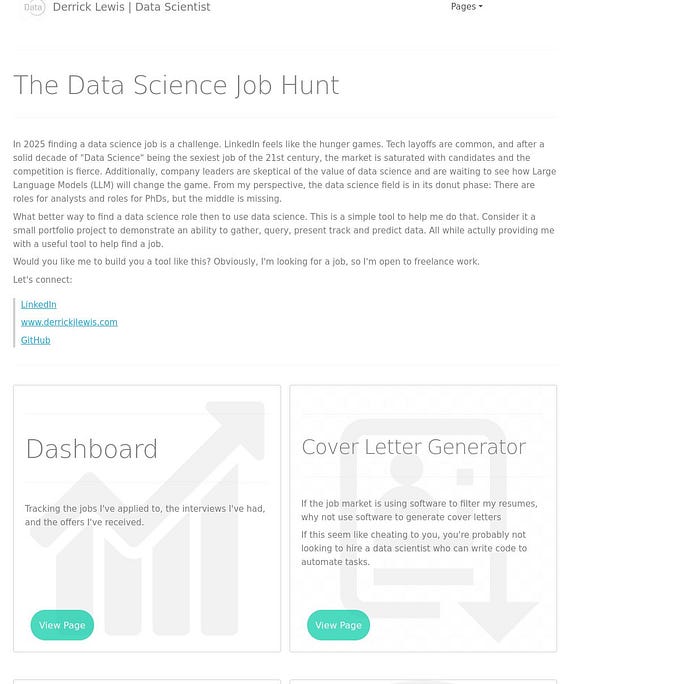Moving from Keras to Pytorch
Why? How? It's not that difficult.
Pytorch is great. But it doesn’t make things easy for a beginner.
A while back, I was working with a competition on Kaggle on text classification, and as a part of the competition, I had to somehow move to Pytorch to get deterministic results. Results that don’t change with every run of the network to try out different models and have consistent results.
Now I have always worked with Keras in the past and it has given me pretty good results, but somehow I got to know that the CuDNNGRU/CuDNNLSTM layers in keras are not deterministic, even after setting the seeds.
So Pytorch did come to rescue. And I am glad that I considered moving.
As a side note: if you want to know more about NLP, I would like to recommend this awesome course on Sequence modelling in the Deep Learning Specialization. This course covers a wide range of tasks in Natural Language Processing from basic to advanced: Sentiment Analysis, summarization, dialogue state tracking, to name a few.
While Keras is great to start with deep learning, with time you are going to resent some of its limitations.
I also thought about moving to Tensorflow. It seemed like a good transition as TF is the backend of Keras.











